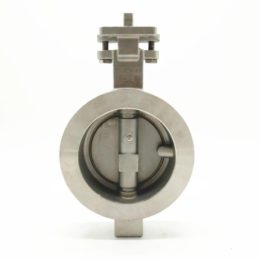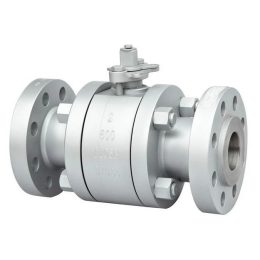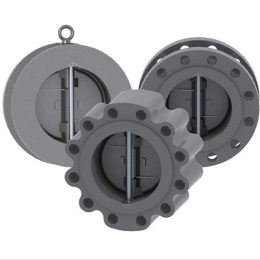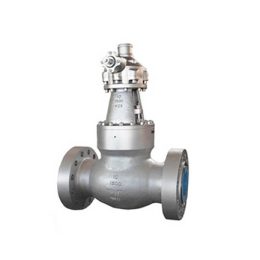Common fault problems of safety valve
Safety valves are essential components in many industrial equipment and systems, as they are responsible for preventing any overpressure situations that could result in damage or injury. However, like any mechanical device, safety valves can experience faults and problems that impact their effectiveness. In this blog post, we will discuss some of the common fault problems of safety valves.
The Disc Does Not Return to the Seat After Discharge
One of the most common faults with safety valves is when the disc fails to return to its seat after discharge. This can be caused by several factors, such as spring bending the valve stem, improper installation position of the valve clack, or being stuck. To fix this issue, the valve should be reassembled correctly.
Leakage
Another common problem is leakage between the valve clack and the sealing surface of the valve seat, which occurs under the normal working pressure of the equipment. This can happen due to dirt between the valve disc and the sealing surface of the valve seat, which can be flushed away by using the lift wrench to open the valve several times. If the sealing surface is damaged, it can be repaired by grinding or grinding after turning. In case the valve stem is bent or inclined, or the lever and the fulcrum are deviated, causing misalignment between the valve core and the valve disc, the valve should be reassembled or replaced. If the spring elasticity reduces or loses elasticity, it should be replaced, and the opening pressure should be readjusted.
Does Not Open When the Specified Pressure is Reached
If the safety valve fails to open when the specified pressure is reached, it could be due to inaccurate constant pressure. In such cases, the compression of the spring or the position of the heavy hammer should be readjusted. If the disc and the valve seat are stuck, the safety valve should be manually deflated or drained regularly. If the lever of the lever-type safety valve is stuck, or the hammer is moved, the position of the weight should be readjusted to make the lever move freely.
Pressure Continues to Rise After Exhaust
If the pressure continues to rise after exhaust, it could be because the displacement of the selected safety valve is smaller than the safety discharge volume of the equipment. In such cases, a suitable safety valve should be re-selected. If the center line of the valve stem is not correct or the spring is rusted, so that the valve disc cannot be opened to the required height, the valve stem should be reassembled, or the spring should be replaced. If the exhaust pipe is not cut enough, it should be replaced with an exhaust pipe that meets the safe discharge area.
Opening Below the Specified Pressure
Finally, if the safety valve opens below the specified pressure, it could be due to inaccurate constant pressure or aging of the spring, which reduces elasticity. In such cases, the adjustment screw should be tightened correctly, or the spring should be replaced.
In conclusion, safety valves are critical components of many industrial equipment and systems, and any faults or problems can result in damage or injury. Regular maintenance, inspection, and testing of safety valves can help ensure their proper functioning and prevent any accidents.
- Can Stainless Steel Flanges Be Corrosion Resistant?
- Points To Keep In Mind When Installing Valves
- Introduction Of Floating Pneumatic Ball Valve
- What kind of valve does the boiler generally use
- High-Performing Butterfly Valve: Technical Specifications and Advantages
- Ball Valve Maintenance and Installation



